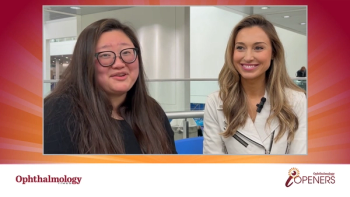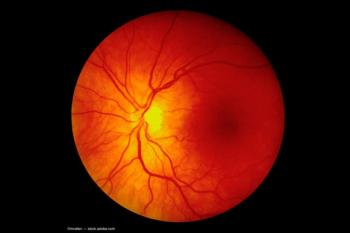
|Slideshows|August 14, 2019
7 pediatric eye myths parents should stop believing
Author(s)OT Staff Reports
Advertisement
According to the American Academy of Ophthalmology (AAO), these are the myths surrounding children’s vision.
Newsletter
Don’t miss out—get Ophthalmology Times updates on the latest clinical advancements and expert interviews, straight to your inbox.
Advertisement
Latest CME
Advertisement
Advertisement
Trending on Ophthalmology Times - Clinical Insights for Eye Specialists
1
STAAR Surgical terminates proposed acquisition by Alcon
2
Long-lived Greenland sharks may point to new approaches for retinal disease
3
FDA grants Breakthrough Therapy Designation to Oculis’ privosegtor for optic neuritis
4
Orbital and retinal microvascular changes in thyroid eye disease
5













































